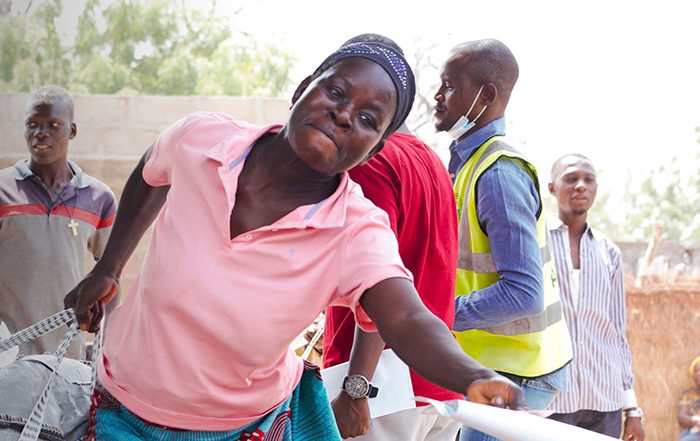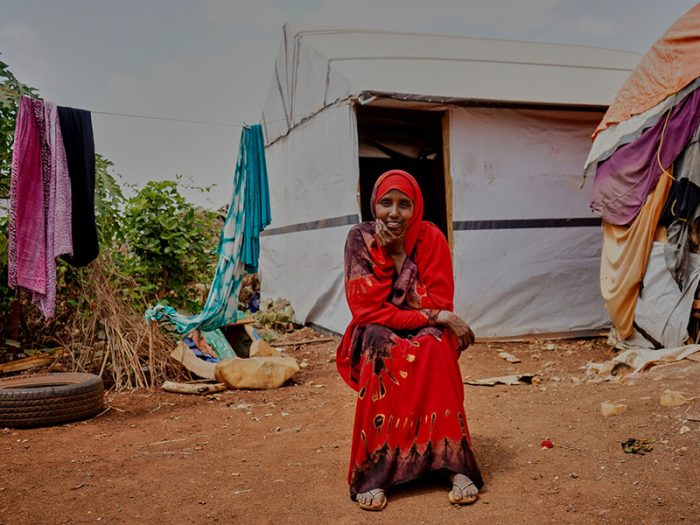
Where we work
Get the latest updates for our work and discover where we're supporting communities around the world in the aftermath of disaster and conflict.
We believe that no one should be without shelter after disaster. We specialise in supporting people with emergency shelter, household items and training to allow them to start rebuilding their lives after disaster and conflict.
We do this through working with the communities we are supporting. We aim to be flexible and prepared for future disasters.
Discover more about our approach to our work.


Recovery starts with shelter. Having somewhere dry and warm to sleep, to prepare meals and be with your family is vital for starting the long process of rebuilding your life.
Emergency shelter offers privacy and helps to preserve your dignity. It offers protection from the elements, animals and disease. It helps keep communities together. It can help to bring back a sense of normality, allowing children to go back to school and can help adults to rebuild their livelihoods.
Most importantly, it empowers families to start the process of getting back on their feet.
Our approach is enshrined in our Vision, Mission and Values. To support these in our work we…

If you’d like to learn more about how we approach our work; you can find a lot of information here on our website. This includes: